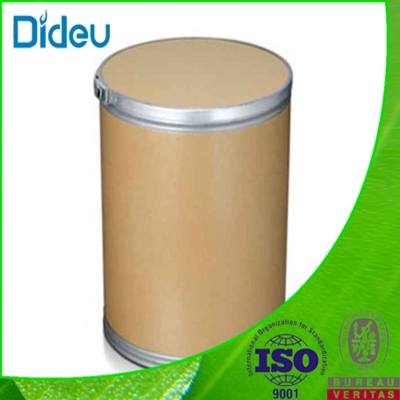Cosmetic Ingredient
- • Abrasive (124)
- • Absorbent (84)
- • Anticaking (66)
- • Anticorrosive (25)
- • Antifoaming (19)
- • Antimicrobials (290)
- • Antioxidant Ingredient (393)
- • Antiperspirant (20)
- • Antiplaque (48)
- • Anti-seborrheic (38)
- • Anti-sebum (39)
- • Antistatic (458)
- • Astringent (162)
- • Binding Agent (172)
- • Bleaching Agent (53)
- • Buffering (191)
- • Bulking (109)
- • Chelating (122)
- • Cleansing (679)
- • Cosmetic Colorant (212)
- • Cosmetic Preservative (158)
- • Denaturant (45)
- • Deodorant (98)
- • Depilatory (27)
- • Dissolving Agent (298)
- • Emollient (795)
- • Emulsifying Agent (480)
- • Emulsion Stabilising (154)
- • Exfoliating (19)
- • Film Forming (299)
- • Flavouring (72)
- • Foam Boosting (161)
- • Foaming (101)
- • Fragrance Ingredient (726)
- • Gel Forming (19)
- • Hair Conditioning (670)
- • Hair Dyeing (363)
- • Hair Fixing (36)
- • Hair Waving or Straightening (45)
- • Humectant (282)
- • Hydrotrope (92)
- • Keratolytic (20)
- • Light Stabilizer (80)
- • Moisturising Agent (50)
- • Nail Conditioning (42)
- • Occlusive (20)
- • Opacifying (119)
- • Oral Care (123)
- • Oxidising (19)
- • Perfuming (2105)
- • Plasticiser (98)
- • Propellant (19)
- • Reducing (50)
- • Refatting (12)
- • Refreshing (26)
- • Skin Cleansing (388)
- • Skin Conditioning (1751)
- • Skin Humectant (21)
- • Skin Protecting (282)
- • Smoothing (31)
- • Soothing (71)
- • Tonics (155)
- • UV Filter (34)
- • Viscosity Controlling (532)
Chemicals as Skincare Ingredients
Related News
-
Price Surge Alert as Major Suppliers Increase Barium Sulfate Costs by 200 Yuan per Ton
2025-03-20 -
Shell Considers Partnering with the U.S. and Closing European Chemical Assets
2025-03-26 -
Quaker Houghton Acquires Dipsol Chemicals, Strengthening Advanced Solutions Portfolio
2025-03-27 -
AstraZeneca to Invest $2.5 Billion to Establish Global Drug R&D Center in Beijing
2025-03-25 -
Saudi Aramco CEO: Invest in downstream projects in China's energy, chemical and other fields
2025-03-28 -
Dow's Silicones Downstream Expansion Project in Zhangjiagang Launches and Drives Market Innovation
2025-03-21
Opacifying
Barium sulfate
(7727-43-7)-
Chemical Grade / 99%
-
Industrial Grade / 99%
-
- / 99.00%
-
Plating Grade / 99%
Request for quotation , get quotes from more suppliers.
Butadiene-styrene copolymer
(9003-55-8)-
Industrial Grade / 99%
-
Industrial Grade / 99%
-
-
Industrial Grade / 60%
Bismuth subnitrate
(1304-85-4)-
- / 99.00%
-
- / 99%
-
-
![Bismuth subnitrate buy Bismuth subnitrate]()
Industrial Grade / 99.0%
Request for quotation , get quotes from more suppliers.
Behenamide
(3061-75-4)-
Chemical Grade / 98%
$1/KG FOB
-
-
- / 99.00%
-
Food Grade / 99%
Request for quotation , get quotes from more suppliers.
More Information
Opacifying agents are fundamental components in cosmetic formulations, especially in products like foundations and lotions, where achieving an opaque appearance is desired. These agents work by scattering and diffusing light, thereby reducing transparency and creating a visually opaque appearance.
When opacifying agents are added to formulations, they interact with light to minimize the transmission of light through the product. This scattering of light particles helps to conceal imperfections and even out the skin tone, resulting in a smoother and more uniform appearance. Additionally, opacifying agents can also enhance the coverage and longevity of makeup products.
In cosmetic formulations, opacifying agents are commonly used in:
•Foundations
•Lotions
•Creams






















